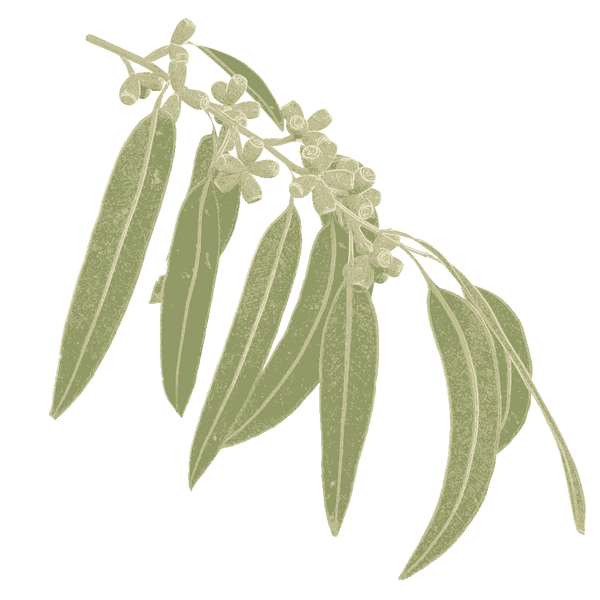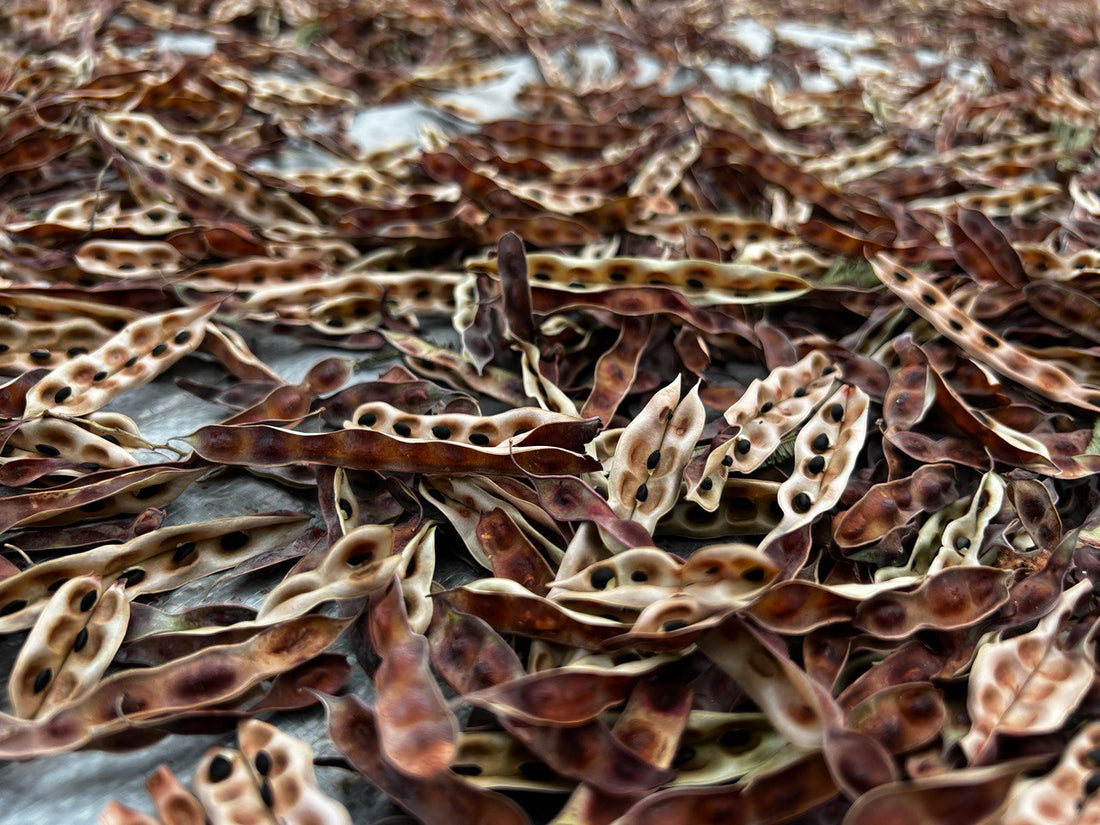Many Australian native seeds have tough, impermeable seed coats that prevent water and gases from entering and initiating germination. This hard seed coat is an evolutionary adaptation allowing seeds to survive harsh environmental conditions, such as fire, drought, or extended dormancy periods.
To successfully propagate these species, scarification—a process of physically or chemically breaking or weakening the seed coat—is often required to trigger germination.
At Native Seed Victoria (NSV), we provide expert advice on seed preparation and handling to maximise germination success. While we do not routinely perform scarification, we can scarify seeds on request to suit your project needs.
What Is Scarification?
Scarification is any method that damages or alters the seed coat to make it permeable to water and oxygen, thus ending physical dormancy. This can include:
-
Mechanical scarification — physically nicking, sanding, or filing the seed coat
-
Thermal scarification — exposing seeds to heat treatments, such as hot water
-
Chemical scarification — treating seeds with acids or other chemicals to weaken the coat
The choice of method depends on the species, seed size, and dormancy characteristics.
Learn more about seed dormancy types:
Australian Native Plants Society – Seed Dormancy and Germination: https://anpsa.org.au/seed-dormancy/
Why Do Some Seeds Need Scarification?
Seeds with physical dormancy possess hard seed coats that prevent water absorption. This trait helps seeds survive fire or long dry spells in Australia’s unpredictable climate.
Scarification mimics natural processes such as:
-
The heat of bushfires cracking seed coats
-
Abrasion by soil particles or passing through animal digestive systems
-
Weathering over time in soil
Without scarification, these seeds may remain dormant for years.
Five Native Australian Species That Need Scarification
Here are five common native species that typically require scarification to germinate successfully:
1. Acacia pycnantha (Golden Wattle)
Wattles generally have very hard seed coats. Mechanical nicking or hot water treatment helps water penetrate and start germination.
2. Acacia acinacea (Gold Dust Wattle)
A smaller wattle species, it also benefits from hot water scarification or light sanding.
3. Hardenbergia violacea (Native Lilac)
Seeds require mechanical scarification or soaking in hot water for a few minutes.
4. Bossiaea cinerea (Showy Bossiaea)
Seeds have tough coats needing mechanical or thermal scarification for consistent germination.
5. Daviesia ulicifolia (Gorse Bitter-Pea)
Hard-coated seeds respond well to hot water treatment or mechanical nicking.
How to Scarify Native Seeds at Home
Mechanical Scarification
-
Use sandpaper, a file, or a sharp knife to gently nick or thin the seed coat without damaging the embryo inside.
-
Alternatively, rub seeds between coarse sandpaper sheets.
-
This is best for small batches and seeds that tolerate handling.
Thermal Scarification (Hot Water Treatment)
-
Boil water and remove from heat.
-
Pour water over seeds in a heatproof container and let soak for 5–15 minutes depending on species.
-
Allow seeds to cool in the water for several hours or overnight.
-
Drain and sow immediately.
⚠️ Avoid leaving seeds in boiling water for too long, as this can kill the embryo.
Chemical Scarification
-
Less common for home gardeners due to safety concerns.
-
In commercial settings, dilute sulfuric acid or other chemicals are used under controlled conditions to weaken seed coats.
Scarification Services from Native Seed Victoria
While NSV generally supplies seeds in untreated form with detailed germination advice, we do offer scarification services upon request. If you prefer to have your seeds scarified before delivery, please contact us to discuss your project requirements. This ensures the seeds are prepared according to your specific needs and can improve germination outcomes, especially for hard-coated species.
Tips and Precautions
-
Always start with a small test batch to avoid losing all your seed.
-
Some species need combined treatments — scarification plus cold stratification.
-
After scarification, sow seeds promptly to avoid mold or drying out.
-
Sterilise tools and containers to prevent fungal infections.
Additional Resources and References
-
Australian Native Plants Society (ANPSA) – Seed Dormancy and Germination: https://anpsa.org.au/seed-dormancy/
-
Royal Botanic Gardens Victoria – Seedbank: https://www.rbg.vic.gov.au/science/seedbank/
-
FloraBank Guidelines – Module 11 Germination: https://www.florabank.org.au/guidelines/?link=Module11
-
Australian Plants Society Victoria – Native Seeds: https://apsvic.org.au/native-seeds/
Conclusion
Scarification is an essential step in germinating many native Australian species with hard seed coats. Whether you choose to do it yourself or request scarification from Native Seed Victoria, applying the correct methods can dramatically improve your seed germination rates and the success of your revegetation or restoration project.
For those working with species like wattles, native peas, or other hard-coated natives, scarification unlocks the seed’s potential to grow and thrive in Australia’s challenging environments.
📧 Have questions or want to request scarification services? Reach out to Native Seed Victoria: info@nativeseedvictoria.com
🌐 Explore our seed range and resources: https://nativeseedvictoria.com

